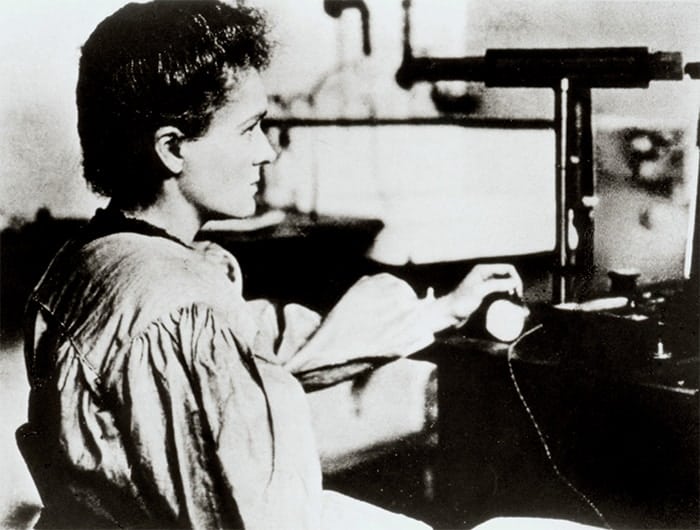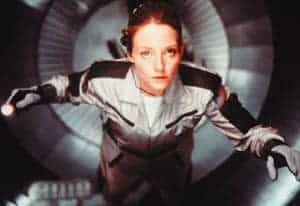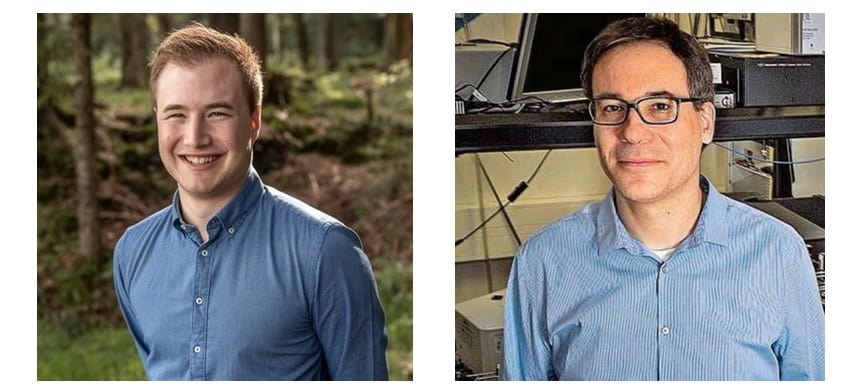The first woman Nobel laureate, the only person in history to win both the physics and chemistry Nobel prizes, the extraordinary scientist who first described radioactivity, the legend who discovered both radium and polonium, the pioneering activist who developed mobile radiology units – Marie Curie’s life is worthy of countless Hollywood biopics. But in trying to condense Curie’s entire legacy into 100 minutes on the big screen, director Marjane Satrapi takes on too much in her new film Radioactive. A Polish emigrant in an intolerant and unwelcoming Paris; a woman scientist breaking societal stereotypes; a world-changing discovery riddled with ethical dilemmas; a sexually liberated wife; a grieving widow; a humanitarian war hero – all this and more is featured in Radioactive. I passionately believe that the world should know the names and lives of more women scientists – but what Hidden Figures got so right (2017), this film gets so wrong.

Curing the Curie complex
Based on Lauren Redniss’s graphic novel – Marie & Pierre Curie, a Tale of Love and Fallout – Radioactive is ultimately the story of the Curies’ relationship: how their discoveries of each other turned their worlds upside down, and how their discovery of radioactivity turned the world upside down. In an attempt to communicate the impact and risks associated with this discovery to a non-expert audience (without explicitly stating how dangerous it would be to conduct nuclear physics experiments in your bedroom), the film awkwardly hops around the 20th century: from 1900s Parisian chemistry labs to inside a reactor at Chernobyl; from the lecture theatres of the École Supérieure to the streets of Hiroshima in 1945; from the Curies swimming naked in a French river to an atomic bomb test in New Mexico. Perhaps a reflection on a badly written script more than the cast themselves, the characters are inconsistent and, at times, infuriatingly superficial.

Marie Curie, played by Hollywood elite Rosamund Pike, oscillates between unbearably stiff and captivatingly compelling. She is evidently trying to play a controversial, unlikeable and unapologetic genius – but Jack Thorpe’s screenplay doesn’t rise to the challenge. Pike spends the first 23 minutes resolute that she will not, under any circumstances, get distracted, married or collaborate with another scientist. The following 80 minutes, though, show her working exclusively with the scientist she married after a romance limited to a handful of experiments and a lab move, ultimately becoming distracted when the love of her life (played by Sam Riley) gets trampled to death by a horse.
Neither Satrapi nor Thorne expect much from their audience, explicitly re-introducing each character by their full name every time they return to the screen – even when the Curies are alone with one another. The film also provides next to no detail about the scientific experiments. Perhaps fitting with her life’s work, Pike’s Curie spontaneously emits scientific platitudes like a radioactive nucleus. Certainly, dialogue in the Curie household – “This could change science forever!” – transcends into a Research Excellence Framework (REF) impact case study all too often.
Radioactive does not realize the excitement of the scientific process, the miracle of discovery
Radioactive serves as a reminder that while a lot about scientific research has changed since the beginning of the 20th century – including our appreciation of health and safety, and the overwhelming amount of time senior scientists are now required to spend on administrative tasks – a lot hasn’t. Curie’s battle for a permanent position and her own lab space, her being snubbed initially for the Nobel prize and her career being dependent on the opinion of senior male faculty members is painfully close to the present day. Despite this feeling of familiarity, the film does not realize the excitement of the scientific process: the thrill of unpredicted experimental results and the miracle of discovery, which must have been daily occurrences in the Curie laboratory. You are left with the distinct impression that neither Pike nor Riley spent much time with scientists before making the film.

Loners, renegades and evil geniuses
The most frustrating thing about this film is that it could have been so much more. Marie Curie’s brilliance rocked the scientific establishment. From a ramshackle shed in the Latin Quarter of Paris, she transformed our understanding of matter: atoms were not (as was previously understood) indivisible; in fact, they were not even stable. Curie measured the atomic weight of her newly discovered elements with outstanding accuracy. She was the first woman in France to earn a doctoral degree in physics, and her examiners declared her PhD thesis the “greatest single contribution to science ever written”.
To date, she is routinely voted as one of history’s most significant scientists who defied societal expectations of women, and Radioactive was an opportunity to teach a new generation why. Instead, Curie is too contradictory to be conceivable. The raunchy evenings Curie spends with her husband and the later scandalous affair with fellow physicist Paul Langevin jars with the ambitious, independent woman processing tonnes of radioactive pitchblende. While I am immensely glad that women scientists are finally getting their time in the spotlight, I don’t anticipate Radioactive will achieve the half-life that Curie deserves.
- 2020 Shoebox Films/Working Title Films/StudioCanal 110 minutes





